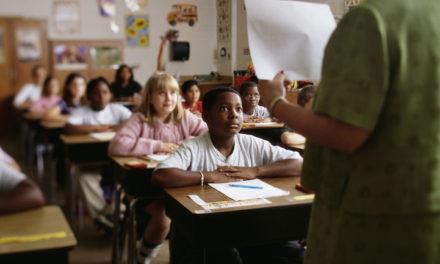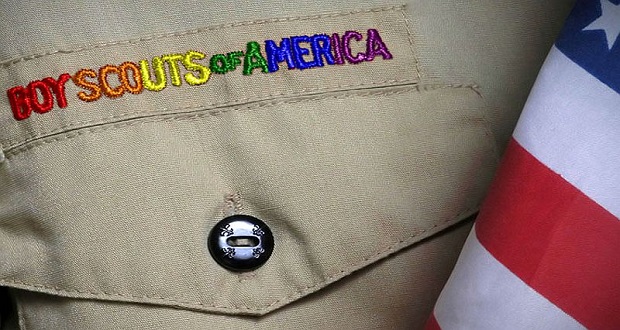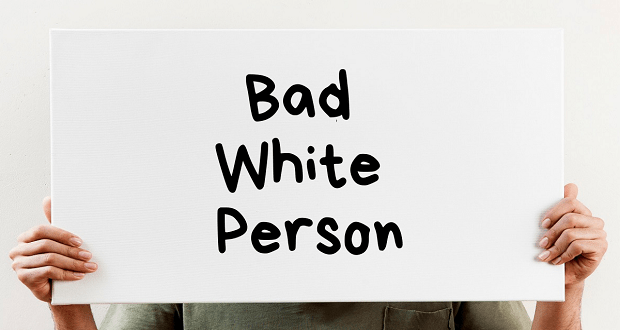
We focus a lot on cultural competence in The Inclusion Solution. We have written a number of posts about its importance. However, we have never done a series targeted strictly to this topic. In this first installment, I repeat content from previous issues to reinforce the message.
The concept of cultural competence has gained popularity in business parlance, largely because leaders are recognizing that the ability to effectively manage difference is truly a competency along with other competencies that leaders and others need to possess to effectively achieve business goals.
The Winters Group is working with a number of clients to design ongoing education that builds the skills and abilities to not only understand “differences that make a difference” but to also provide tools that will enable leaders and others effectively navigate difference.
So what is cultural competence anyway? Some scholars use the term intercultural competence, while others call it cross-cultural competence and the authors of The 2020 Workplace use the term global mindset, defined as the ability to understand how to conduct business with people, organizations and teams that are unlike ourselves. Cultural competence has been defined many ways. One definition that The Winters Group has adapted is:
A continuous learning process to develop knowledge, appreciation, acceptance and skills to be able to discern cultural patterns in your own and other cultures and be able to effectively incorporate several different world views into problem solving, decision making and conflict resolution.
Dr. Mitchell Hammer, owner of the Intercultural Development Inventory® (IDI®), a tool that measures intercultural competence defines intercultural competence as:
The capability to shift cultural perspective and adapt behavior to cultural commonality & difference in order to successfully accomplish cross-cultural goals. Such capability is developmental and it is learned.
More recently terms like cultural intelligence, cultural fluency and cultural dexterity have been popularized. Each of these terms also refers to one’s ability to understand other cultures and to effectively adapt. However, I personally do not like this term “cultural intelligence” because of the historical debate about whether “intelligence” is fixed (innate) or changeable. Many still purport that it is mainly fixed.
Future Workforce Skills 2020, a study conducted by The Institute for the Future for the University of Phoenix Research Institute names 10 skills critical for the future based on six drivers of change. One of the drivers of change is “globally connected world” which “puts diversity and adaptability at the center of organizational operations.” The report names cross cultural competence as one of the key future skills.
Most current diversity and inclusion training falls short in developing skills and abilities needed to navigate across cultures. It is typically conducted as a one-time 2-4 hour session with little follow up or opportunity to practice new skills. At best, such training is little more than a briefing that raises awareness. Awareness without competence will not change behaviors.
What does it mean to be cross culturally competent?
We have provided a list of skills and behaviors that support the ability to bridge across cultures.
[dropshadowbox align=”center” effect=”lifted-both” width=”350px” height=”” background_color=”#ffffff” border_width=”1″ border_color=”#dddddd” ]Being cross-culturally competent means you have the ability to…
- Independently recognize cultural differences between yourself and others and constructively address situations in which cultural differences are overlooked or not respected.
- Create common meaning in cross-cultural settings.
- Predict misunderstandings and proactively adapt.
- Effectively deal with ambiguity.
- Behave in a way that is appropriate to your culture without precluding alternate behaviors that might be more appropriate in another cultural context.
- Recognize your own biases and stereotypes and know how to work on managing them.
- Deeply understand cultural nuances.
- Be non-judgmental or neutral when dealing with cultural difference.
[/dropshadowbox]
These skills are learned over time and must be practiced. It takes openness, self-awareness and the ability to see ourselves as others may see us.



















teachupscales@hotmail.com
I like the Cultural Competency Model